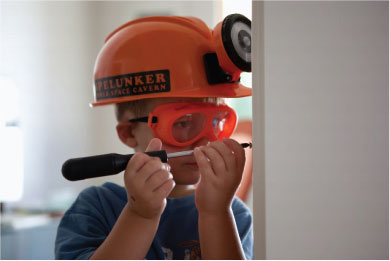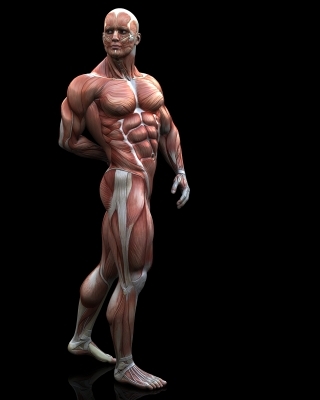Are you looking after your joints? As the places in our bodies where bones meet, joints are essential for everyday movement. They are also very susceptible to damage and injury. According to statistics from safeworkaustralia.gov.au, chronic joint conditions or strains of joints represented 40% of employees who received work-related compensation in 2010.
Some of the most common joint injuries include sprains and strains in the back, knee, wrists, ankles, wrists and elbows. Inflammatory joint conditions can also be very painful and sometimes debilitating. Examples of these include arthritis, bursitis, carpal instability, tendonitis and plantar fasciitis.
Here are five pointers to help you prevent common joint injuries. These can be applied effectively in the workplace but are also relevant for everyday activities like gardening and home maintenance.
Don’t overuse body parts that are already injured
Already suffering from pain and inflammation in your joints? Avoid putting undue strain on those affected areas. When working with an injury you need to keep in mind that tired sore muscles will not be working at optimal levels of strength. Trying to work through the pain can often cause further damage.
Correct lifting techniques
When heavy or awkward lifting is involved as part of your job make sure you know and use correct lifting techniques. These include bending at the knees and hips so that, instead of your back to taking the strain, your major muscles do the hard work instead.
Companies should have a manual detailing safe lifting on hand for staff to read.
Avoid repetitive movements for long periods and take a break
Repetitive Strain Injury (RSI) is a potentially debilitating condition resulting from overusing mainly upper body parts (hands or elbows) to perform a repetitive task, such as typing, clicking a mouse, or work on an industrial chain). Vary your work tasks so that you get a break between those tasks that might lead to RSI.
Keeping a prolonged sitting or standing position can also lead to joint inflammation conditions like carpal tunnel syndrome, tendonitis and plantar fasciitis. Contact your OHS representative to report your problems or concerns and ask to get a more ergonomic work desk or seat. Consult an occupational therapist who can come to your workplace and help you set up your workstation correctly.
Keeping fit outside of work
Maintaining a healthy body weight and exercising including strengthening exercises can help to reduce stress on joints. Stretching is equally important to keep muscles supple and relaxed.
Incorporate stretching as part of your daily routine. At work it’s optimal to get up from your workstation and take a short stretch every 20 minutes.
Know your limits
Depending on your age, size and physical fitness your joints will be able to undertake various amounts of strain. Stop at the first sign of pain or irritation in your joints. Know when a task is too much for you and avoid undertaking those tasks that push you too far
Working within a range of motion and not over extending your joints helps to prevent common injuries such as sprains, strains and the onset of problems such as Bursitis. Work related injuries will often require a discussion between your doctor, rehabilitation counsellor and employer.
Even normal, healthy joints deteriorate over time. It’s important to protect your joints and maximise their use, mobility and function now to save you a world of pain later in life.
While the best treatment is prevention, if detected early there are many options to help with joint pain such as physiotherapy, chiropractic treatment or massage. With the rise in popularity of natural alternatives you can also find many other natural ways to help with joint injuries such as the OSMO Patch which can help decrease swelling and inflammation.
Author Bio: Danniel Jacques holds a B.Med.Sci from UNSW and is passionate about joint health and the benefits and importance of exploring natural alternatives in health care. Google plus page – https://plus.google.com/u/0/b/109883296254635691947/106413800886668779908/
Note: Texas America Safety Company and Blog4Safety want to thank Danniel for this valuable information. Taking care of your joints at a young age will benefit your body as time and age progress. Added support of joints, such as elbows, knees, and back may be needed to help protect those joints that are overused. pb



